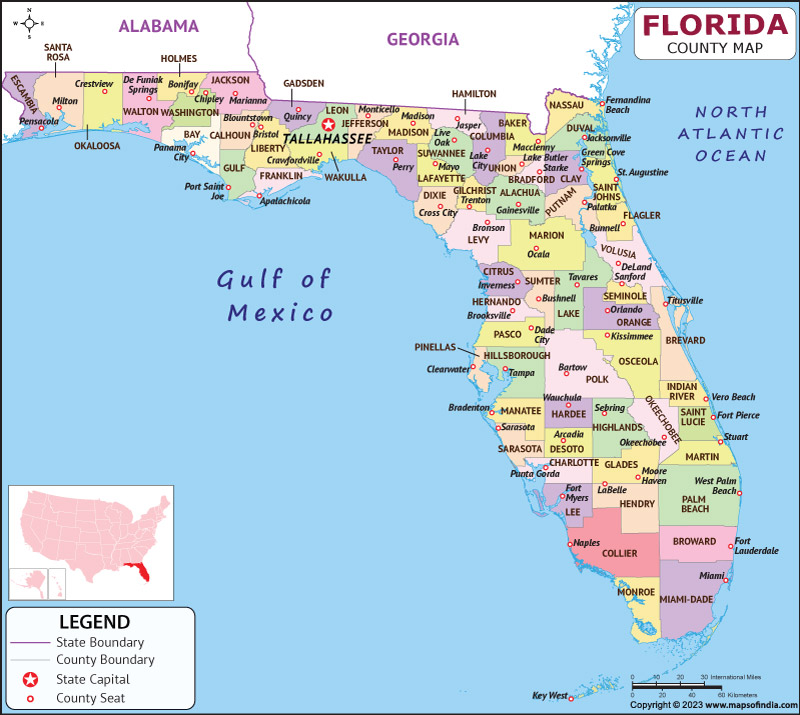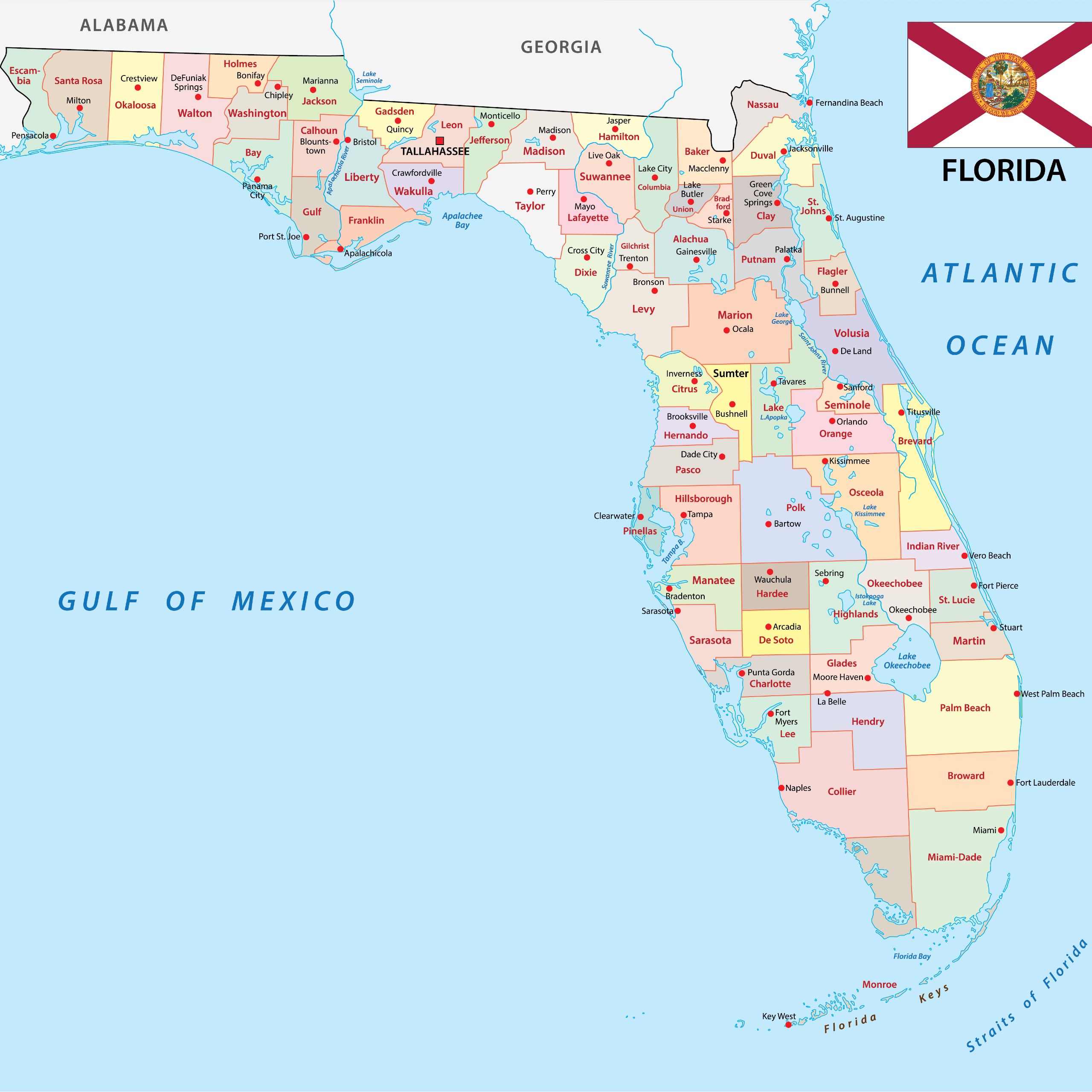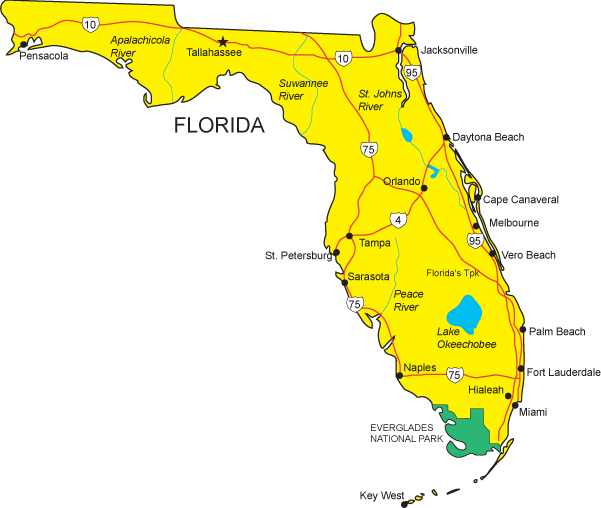Florida Manta Ray: Discovering The Sunshine State's Majestic Ocean Gliders
When you think of Florida, your mind might jump to the vibrant energy of Walt Disney World, the awe-inspiring launches at the Kennedy Space Center, or perhaps the lively streets of Miami, and that's totally understandable. This sun-drenched peninsula, often called the Sunshine State, really does offer a wealth of attractions, from sandy beaches stretching for miles to thrilling activities and historic spots. It's a place where summer doesn't just fade away; it ends with a spectacular flourish, so you know.
But beyond the well-known vacation destinations and the bustling city life, Florida holds another kind of magic, a bit quieter, perhaps, but just as breathtaking. This state, which joined the United States as the 27th back in 1845, is also home to some truly magnificent marine creatures, living in its warm coastal waters. We're talking about the gentle giants of the ocean, the incredible manta rays, you know, and seeing them is just a really special experience.
For those who love the ocean and its amazing inhabitants, learning about the florida manta ray offers a chance to see a different side of this diverse state. It’s about exploring the natural wonders that make Florida such a unique place, far from the theme parks, yet still part of the same incredible environment. This guide aims to help you understand these magnificent creatures and find out how you might encounter them responsibly in their natural habitat, and that's what we're going to talk about.
- Suge Knight Age In 2034
- Hozier Wife
- Does Kat Timpf Have A Sister
- Devil Names
- Matthew Gray Gubler Relationship
Table of Contents
- The Gentle Giants of Florida's Waters
- Where to Spot Florida Manta Rays
- Best Times for Manta Ray Sightings
- Responsible Manta Ray Encounters
- Planning Your Florida Manta Ray Adventure
- Frequently Asked Questions About Florida Manta Rays
The Gentle Giants of Florida's Waters
Manta rays are, in a way, like the graceful birds of the ocean, moving through the water with such an easy, flowing motion. They are the biggest rays in the world, with wingspans that can reach truly impressive sizes, sometimes over twenty feet across. These amazing animals are not dangerous to people at all, as they simply eat tiny plankton and small fish, which they filter from the water as they swim, so they're pretty peaceful creatures.
What Makes a Manta Ray So Special?
What makes a manta ray truly stand out is their intelligence and their somewhat playful nature. They have the biggest brains of any fish, which is quite something to think about, isn't it? They're also known to be quite curious, sometimes approaching boats or divers, seeming to check things out. Their flat bodies, wide mouths, and two horn-like fins on their heads, which help them direct food into their mouths, make them instantly recognizable. They are, in a way, just magnificent to behold, a real wonder of the sea.
These animals also play a really important part in the health of our oceans, believe it or not. By eating plankton, they help to keep the ocean's food web in balance. Their presence often indicates a healthy marine environment, which is something we definitely want to see in Florida's beautiful waters. So, they're not just pretty to look at; they're vital, too, you know.
- Nigerian Armed Forces Ranks
- What Is The Highest Streak On Snapchat
- Jelly Bean Influencer Real Name
- Chile Famous People
- Did Danny Koker Die
Are Manta Rays Found in Florida?
Yes, absolutely, manta rays do indeed make their home in Florida's waters, especially the oceanic manta ray, which is the larger of the two main types. Florida, with its extensive coastline bordering both the Atlantic Ocean and the Gulf of Mexico, offers varied habitats that these creatures can use. While they are not seen every single day in every spot, certain areas and times of the year offer better chances for an encounter, and that's just how it is.
The warm, clear waters that Florida is so famous for, especially along the southeastern coast, provide good feeding grounds for these filter feeders. They tend to follow currents that bring them their food, which is why their sightings can sometimes be a bit unpredictable, yet always a welcome surprise. The state's unique position as a peninsula, almost surrounded by ocean, means there's a lot of suitable habitat for them, you know.
Where to Spot Florida Manta Rays
Finding a manta ray in Florida is often a matter of being in the right place at the right time, and also knowing where they tend to gather. While they roam widely, certain parts of the Florida coast are more frequently visited by these gentle giants. It's a bit like looking for a specific kind of bird; you go to the places they prefer, you see.
Atlantic Coast Encounters
Along Florida's Atlantic Coast, especially from areas north of Miami up through the central parts of the state, you might have a better chance of spotting a florida manta ray. Places like Palm Beach County and the waters around the Treasure Coast are known for occasional sightings. Divers and snorkelers exploring offshore reefs or even just swimming near the coast have reported seeing them. The Gulf Stream, which brings warm water close to shore, also carries plankton, which is a big draw for mantas, so it helps them find food.
Sometimes, they're seen near the inlets or even just cruising along the coastline, particularly when the water is clear and calm. It's truly a moment of pure wonder when one glides by, seemingly effortlessly, just beneath the surface. For people who enjoy being out on the water, whether fishing or just boating, keeping an eye out for these large, dark shapes can sometimes lead to an amazing discovery, you know.
Gulf Coast Opportunities
While the Atlantic side tends to have more frequent sightings, the Gulf Coast of Florida also sees manta rays, though perhaps not as often. The waters of the Gulf are generally shallower and warmer, and while they have their own incredible marine life, manta rays are a bit less common here. However, deeper offshore waters in the Gulf can still host these animals, especially during certain times of the year, so it's not entirely out of the question.
Areas off the coast of Southwest Florida, where the continental shelf drops off, might offer some possibilities for very experienced divers. It's more of a rare treat on this side, but the Gulf is still a vast and diverse ocean, full of surprises for those who explore it. Just like with any wildlife viewing, patience and a bit of luck really help, you see.
Near Florida's Famous Attractions
Imagine this: you've spent a day exploring the wonders of Walt Disney World or perhaps witnessed a rocket launch at the Kennedy Space Center, and then you head to the coast for a chance to see a manta ray. While you won't find manta rays swimming in the lagoons at Disney, the proximity of Florida's coasts to its major attractions means you can combine your vacation plans. For instance, the Atlantic beaches are just a short drive from Orlando and the Space Coast, making it quite convenient, really.
If you're planning your trip using the official state travel and tourism website for Florida, you'll find maps and information about beaches and activities that are within easy reach of places like Miami or the theme parks. So, you could enjoy the thrills of the city or the parks, then switch gears completely for a more natural, peaceful encounter with marine life. It's a way to experience the full spectrum of what Florida offers, from its bustling attractions to its quiet natural beauty, you know.
Best Times for Manta Ray Sightings
Knowing when to look can greatly improve your chances of seeing a florida manta ray. Like many marine animals, their movements and presence in certain areas are often linked to seasons, water conditions, and the availability of their food. It's not an exact science, but there are definitely better windows of opportunity, you see.
Seasonal Patterns
Generally speaking, manta ray sightings in Florida tend to be more frequent during the warmer months, especially from late spring through early fall. This is when the plankton blooms are often richer, providing an abundant food source for them. So, if you're planning a trip to Florida, aiming for those times might give you a better shot at seeing these magnificent creatures. However, they can be seen year-round, just less predictably during the cooler periods, so that's something to consider.
Some researchers suggest that certain populations might move along the coast, following food sources or even for breeding purposes. Staying updated with local marine reports or talking to local dive shops can give you the most current information on recent sightings. It's always a good idea to check before you go, just to get a better sense of what's happening in the water, you know.
Daily Chances
On a day-to-day basis, manta rays are often more active during certain times, typically when they are feeding. This might be in the morning or late afternoon, when the sun isn't directly overhead, and plankton might be closer to the surface. Clear water conditions are also very important for spotting them, as they are often just below the surface or a bit deeper, so visibility really matters.
Calm seas also make it easier for both the mantas to feed and for people to spot them from boats or while snorkeling. A bit of sunshine helps too, as it lights up the water and makes it easier to see what's swimming below. So, picking a calm, clear day, perhaps in the early morning, could really improve your chances, you see.
Responsible Manta Ray Encounters
When you're lucky enough to encounter a florida manta ray, it's really important to do so in a way that protects these animals and their habitat. Responsible tourism helps ensure that these creatures can thrive and that future generations can also enjoy seeing them. It's about respecting their home, you know.
How to Observe Ethically
If you're in the water with a manta ray, the most important rule is to keep your distance. Do not try to touch them, chase them, or block their path. Manta rays are wild animals, and they need their space. Touching them can remove their protective mucus layer, making them vulnerable to illness, and that's not good for them. Just observe them calmly and quietly, allowing them to go about their natural activities.
Using proper snorkeling or diving techniques, like maintaining neutral buoyancy so you don't accidentally touch the bottom or kick up sediment, is also key. Always listen to your guide if you're on a tour, as they know the local regulations and best practices for safe and respectful interactions. It's all about being a considerate guest in their home, you see.
Protecting Florida's Marine Life
Florida, as a state, is very much aware of the importance of its natural environment, from the unique Everglades to its vast coastlines. Protecting marine life, including the florida manta ray, is a big part of this. There are various conservation efforts in place, often involving research, education, and habitat protection. Supporting these efforts, perhaps by choosing eco-friendly tour operators or simply by being a responsible visitor, makes a difference.
Staying updated with Florida headlines about the environment, as mentioned in the state's official information, can give you a better sense of ongoing conservation work. Things like reducing plastic use, not littering, and being mindful of your impact on the ocean are small steps that collectively help protect these incredible animals and their homes. Every little bit truly helps, you know.
Planning Your Florida Manta Ray Adventure
If the idea of seeing a florida manta ray excites you, planning your trip can be a really fun part of the process. Florida is set up to welcome visitors, with lots of planning information available, from maps to details on hotels and activities. You can truly tailor your vacation to include both its famous attractions and its natural wonders, you see.
Tour Operators and Guides
For the best chance of a manta ray encounter, especially if you're not an experienced diver or boater, considering a reputable tour operator is a very good idea. Many companies specialize in wildlife viewing trips, and they often have experienced guides who know the local waters and where to look for marine life. They also understand how to approach these animals without disturbing them, which is really important.
When choosing a tour, look for operators who prioritize conservation and ethical viewing practices. Ask about their policies on interacting with marine life and their commitment to the environment. A good operator will be knowledgeable, respectful, and focused on providing a safe and memorable experience for both you and the animals, so that's something to think about.
Combining with Your Florida Vacation
Florida is incredibly diverse, offering everything from the excitement of theme parks to the tranquility of its natural landscapes. You can easily plan a trip that includes visiting places like Walt Disney World or the Kennedy Space Center, and then shift gears to explore the coastal areas for a chance to see a florida manta ray. The state's official travel website is a great resource for planning, featuring maps, beaches, events, deals, photos, hotels, activities, and other planning information.
Whether you're looking for a relaxing beach getaway, an adventure-filled trip, or a mix of both, Florida has options. You can stay updated with Florida headlines about tourism to find out about new opportunities or events. The state's map shows boundaries, islands, lakes, the state capital, counties, county seats, cities, towns, and national parks, helping you figure out where to base yourself for the best chance of seeing a manta ray while still enjoying all the other amazing things Florida has to offer. It's really about making the most of your time in this amazing place, you know.
Frequently Asked Questions About Florida Manta Rays
Here are some common questions people ask about manta rays in Florida:
Are there manta rays in Florida?
Yes, manta rays, particularly the oceanic manta ray, are found in Florida's coastal waters. They are not always easy to spot, but they do inhabit both the Atlantic and Gulf sides of the state, especially where food is plentiful. So, you might just get lucky and see one, you know.
Where can you see manta rays in Florida?
Manta rays are more frequently seen along Florida's Atlantic Coast, particularly in areas like Palm Beach County and the Treasure Coast, especially offshore. While less common, they can also be found in deeper waters off the Gulf Coast. It's often about being on a boat or diving in the right spots, you see.
What is the best time to see manta rays in Florida?
The warmer months, generally from late spring through early fall, tend to offer better chances for manta ray sightings in Florida. This is when plankton, their main food source, is more abundant. Clear, calm water conditions also greatly improve visibility and your chances of an encounter, you know.
- Kat Timpf Date Of Birth
- Pasabist Age
- Madison Gesiotto Ethnicity
- Cleft Lip And Palate Celebrities
- Behind The Ear Tattoo Ideas

Florida Map | Map of Florida (FL) State With County

Florida Map with Cities | Mappr

FL Map - Florida State Map